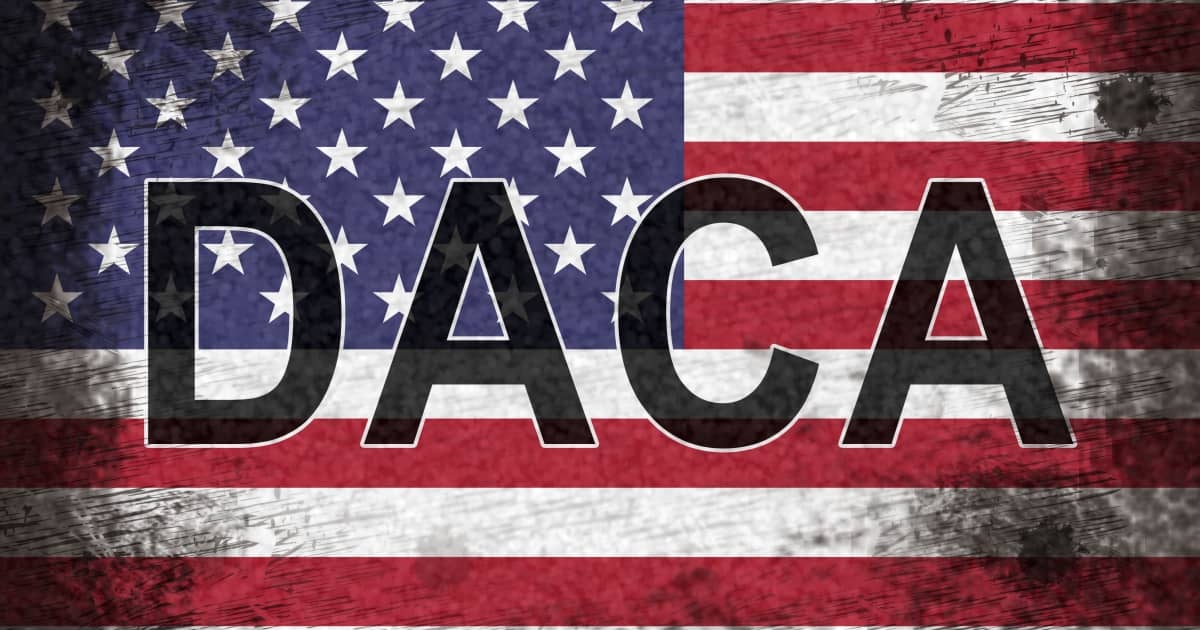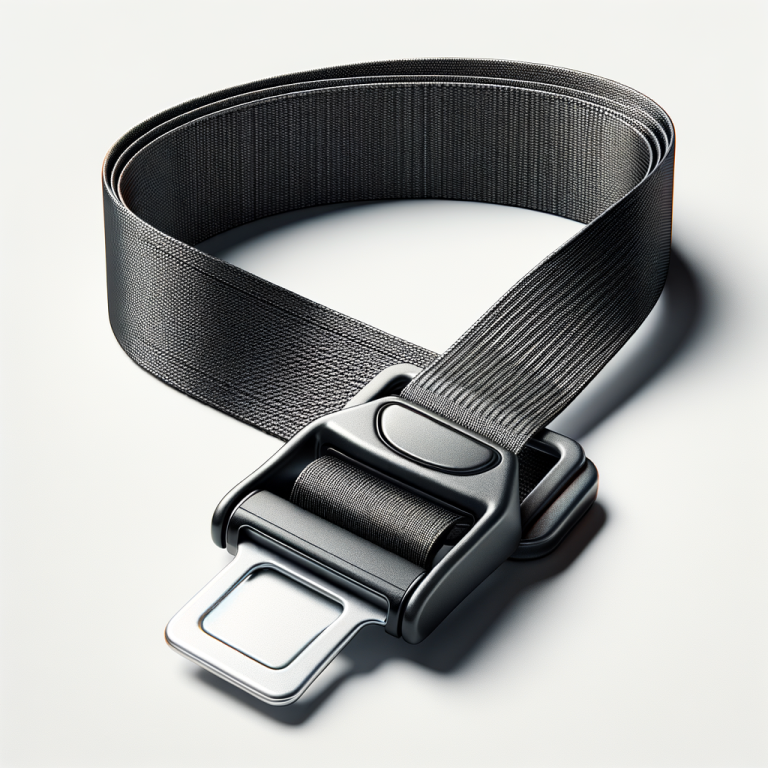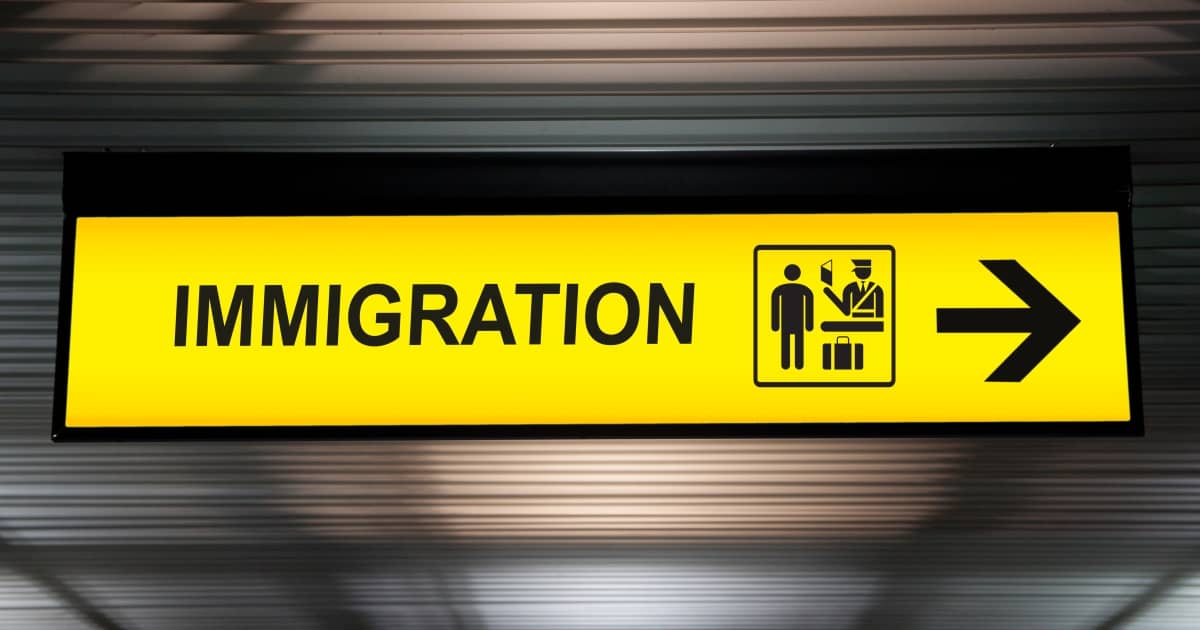There are two types of employees: exempt and non-exempt. This sounds like the setup to a joke, but classification actually has some very important distinctions in how the rules of employment law apply employees. What does exempt and non-exempt even mean? What are employees being exempted from? How is exempt or non-exempt determined? Understanding these questions can help ensure that workers are not being taken advantage of by their employers. Violations of classification can be pursued for damages under
employment law.
There are two types of employees: exempt and non-exempt. This sounds like the setup to a joke, but classification actually has some very important distinctions in how the rules of employment law apply employees. What does exempt and non-exempt even mean? What are employees being exempted from? How is exempt or non-exempt determined? Understanding these questions can help ensure that workers are not being taken advantage of by their employers. Violations of classification can be pursued for damages under employment law.
Exempt and non-exempt refers to the Fair Labor Standards Act (FLSA), a law passed in 1938 addressing the abuses suffered by workers at the hands of employers. The original FLSA set in to law the eight-hour day and 40-hour workweek America continues to see as normal today. The FLSA provides requirements for minimum wages, overtime pay, and child labor. The law, however, does not apply to all workers. FLSA protections only apply to employees and are not extended to independent contractors. And protections do not apply to all employees. Employees protected by FLSA provisions are “non-exempt” from FLSA laws while employees not protected are “exempt” from FLSA laws.
Non-exempt employees are entitled to a minimum wage, currently (California, 2020) $13/hr for businesses with more than 25 employees and $12/hr for business with 25 employees or fewer. Those figures will rise by $1 every year on January 1 until they reach $15/hr. Non-exempt employees are also entitled to overtime pay:
- After 8 hours of work in 1 day – 1.5 times hourly rate
- After 40 hours of work in 1 week – 1.5 times hourly rate
- After 12 hours of work in 1 day – 2 times hourly rate
- After 8 hours of work in 1 day on the 7th consecutive day of work – 2 times hourly rate
Non-exempt employees are often given additional benefits not provided under the FLSA, including rest and meal breaks. Non-exempt workers in California are required to have at least 30 minutes of uninterrupted meal breaks for every 5 hours of work. Because meal breaks are unpaid, workers cannot be required to work or remain on location. Employers also must provide non-exempt employees with at least 10 minutes of uninterrupted break time for every 4 hours of work.
Exempt employees, however, are not entitled to these same benefits. Employers are not required to provide exempt employees with overtime pay, rest breaks, or meal breaks. Exempt employees are not paid by the hour, but for the work they accomplish. They have a set salary, which must be at least twice the minimum wage for full time employment, but paying an employee on a salary does not automatically classify the employee as exempt; exempt workers must typically meet other guidelines. In California, employees typically classified as exempt include managers, administrators, professionals (such as doctors and lawyers), computer professionals, and salespersons. Each category has specific guidelines that must be met to be considered exempt. For overtime laws, the State of California Department of Industrial Relations website contains all employee classifications that are exempt.
Exempt workers who believe they may be incorrectly classified and are entitled to overtime pay should contact an experienced employment law attorney. The Law Offices of Scott Warmuth can help you determine if you should be compensated for overtime work and receive all of the benefits provided to exempt workers. Call us today at 888-517-9888 for a free consultation.
Exempt and non-exempt refers to the Fair Labor Standards Act (FLSA), a law passed in 1938 addressing the abuses suffered by workers at the hands of employers. The original FLSA set in to law the eight-hour day and 40-hour workweek America continues to see as normal today. The FLSA provides requirements for minimum wages, overtime pay, and child labor. The law, however, does not apply to all workers. FLSA protections only apply to employees and are not extended to independent contractors. And protections do not apply to all employees. Employees protected by FLSA provisions are "non-exempt" from FLSA laws while employees not protected are "exempt" from FLSA laws.
Non-exempt employees are entitled to a minimum wage, currently (California, 2020) $13/hr for businesses with more than 25 employees and $12/hr for business with 25 employees or fewer. Those figures will rise by $1 every year on January 1 until they reach $15/hr. Non-exempt employees are also entitled to overtime pay:
- After 8 hours of work in 1 day - 1.5 times hourly rate
- After 40 hours of work in 1 week - 1.5 times hourly rate
- After 12 hours of work in 1 day - 2 times hourly rate
- After 8 hours of work in 1 day on the 7th consecutive day of work - 2 times hourly rate
Non-exempt employees are often given additional benefits not provided under the FLSA, including rest and meal breaks. Non-exempt workers in California are required to have at least 30 minutes of uninterrupted meal breaks for every 5 hours of work. Because meal breaks are unpaid, workers cannot be required to work or remain on location. Employers also must provide non-exempt employees with at least 10 minutes of uninterrupted break time for every 4 hours of work.
Exempt employees, however, are not entitled to these same benefits. Employers are not required to provide exempt employees with overtime pay, rest breaks, or meal breaks. Exempt employees are not paid by the hour, but for the work they accomplish. They have a set salary, which must be at least twice the minimum wage for full time employment, but paying an employee on a salary does not automatically classify the employee as exempt; exempt workers must typically meet other guidelines. In California, employees typically classified as exempt include managers, administrators, professionals (such as doctors and lawyers), computer professionals, and salespersons. Each category has specific guidelines that must be met to be considered exempt. For overtime laws, the
State of California Department of Industrial Relations website contains all employee classifications that are exempt.
Exempt workers who believe they may be incorrectly classified and are entitled to overtime pay should contact an experienced employment law attorney. The Law Offices of Scott Warmuth can help you determine if you should be compensated for overtime work and receive all of the benefits provided to exempt workers. Call us today at 888-517-9888 for a free consultation.















